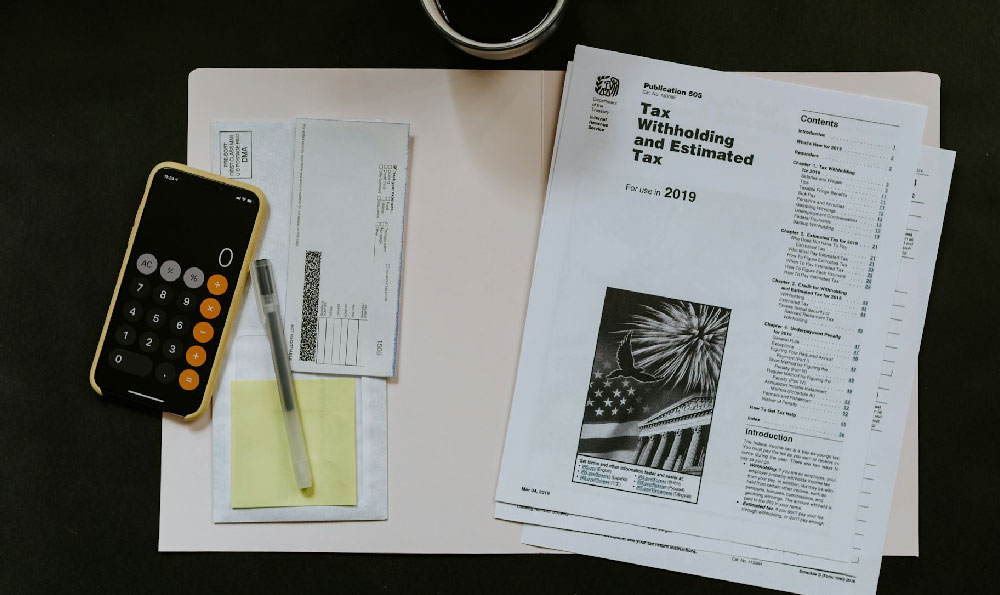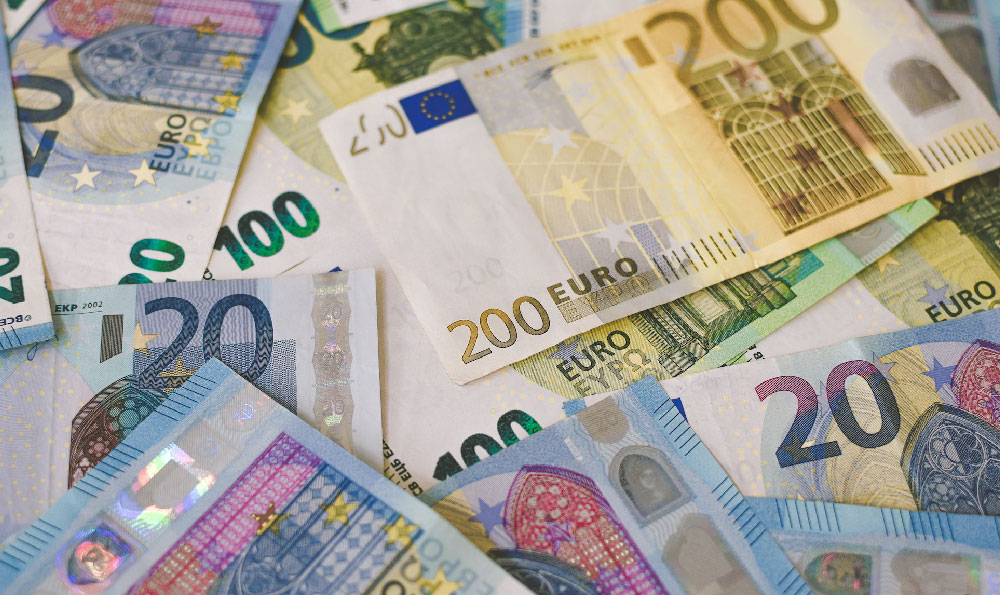Monetizing an app successfully requires a delicate balance between user experience and revenue generation. There’s no one-size-fits-all solution, and the best strategy often depends on the app's specific function, target audience, and the competitive landscape. However, understanding the core monetization models and their nuances is crucial for any app developer looking to build a sustainable business.
One of the most common and readily implemented methods is the Freemium Model. This involves offering the app for free with a basic set of features. Users can then upgrade to a premium version or purchase additional features through in-app purchases. This model works well when the core functionality is compelling enough to attract a large user base, and the premium features provide significant value to a segment of that user base. For example, a photo editing app might offer basic filters for free, but require a premium subscription for advanced editing tools and filters. The key here is striking the right balance: the free version needs to be usable and engaging, but the premium features need to be enticing enough to warrant a purchase. Careful analysis of user behavior and A/B testing different price points and feature offerings are critical for optimizing this model.
Another popular option is Advertising. Integrating ads into your app can generate revenue based on impressions, clicks, or conversions. Different ad formats exist, including banner ads, interstitial ads (full-screen ads), rewarded video ads, and native ads (ads that blend seamlessly with the app's content). While advertising can be a relatively straightforward way to generate revenue, it's crucial to avoid being intrusive. Overly aggressive ad placement or poorly targeted ads can severely damage user experience and lead to churn. Rewarded video ads, where users are rewarded with in-app currency or features for watching an ad, are often a good compromise as they provide value to both the user and the developer. Again, analytics are your friend. Track which ad formats perform best and analyze user engagement to minimize disruption and maximize revenue. Consider offering an ad-free premium version for users willing to pay for an uninterrupted experience.

In-App Purchases (IAP) extend beyond the freemium model and can be used in various ways. This can encompass selling virtual goods (e.g., cosmetic items in a game), consumables (e.g., extra lives or power-ups), or unlocking levels or content within the app. The success of IAP depends heavily on the app's design and target audience. Games, especially free-to-play games, often rely heavily on IAP. Understanding the psychology of in-game spending and designing compelling virtual items is essential. For non-gaming apps, IAP can be used to unlock premium content, features, or services. The key is to offer genuine value and avoid "pay-to-win" scenarios that alienate users.
Subscriptions provide recurring revenue and can be a very effective monetization strategy, particularly for apps that offer ongoing value or content updates. This is a popular choice for streaming services, news apps, and productivity tools. Users pay a regular fee (monthly, annually, etc.) to access the app's full functionality or content library. Building a strong subscription base requires consistent delivery of high-quality content and ongoing engagement with users. Offering tiered subscription plans with varying levels of features and pricing can cater to different user needs and budgets. Retention is paramount with subscriptions; focus on providing excellent customer support and continuously improving the app to keep subscribers engaged.
Affiliate Marketing involves partnering with other businesses to promote their products or services within your app. You earn a commission for each sale or lead generated through your app. This strategy works best when there's a natural synergy between your app and the products or services being promoted. For example, a fitness app could partner with a sports equipment retailer. Transparency is crucial here. Clearly disclose to users that you are earning a commission on sales generated through affiliate links.
Finally, Paid Apps represent the simplest monetization model: users pay a one-time fee to download and use the app. While this model has become less common in recent years due to the popularity of free-to-play and freemium models, it can still be effective for apps that offer unique value or solve a specific problem. Paid apps need to be exceptionally polished and bug-free, as users expect a high-quality experience for their money. Extensive market research and competitive analysis are essential before launching a paid app to ensure there's sufficient demand.
Determining which strategy works best is an ongoing process of experimentation and optimization. Don't be afraid to try different approaches and closely monitor the results. Key metrics to track include user acquisition cost, conversion rates, retention rates, and average revenue per user (ARPU). A/B testing different monetization strategies and price points can help you identify the most effective approach for your app. Consider using a combination of monetization strategies to maximize revenue potential. For example, you could offer a freemium version with ads and in-app purchases, allowing users to choose the experience that best suits their needs.
Ultimately, successful app monetization is about understanding your target audience, providing genuine value, and continuously optimizing your approach based on data and feedback. Avoid overly aggressive monetization tactics that can alienate users and damage your app's reputation. Focus on building a sustainable business that benefits both you and your users. By carefully considering the different monetization models and tailoring your strategy to your specific app and audience, you can increase your chances of achieving long-term success.











